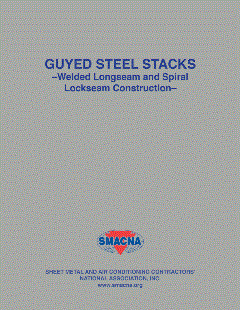A friend asked me the other day if I believed I’d ever live in a steel-framed home.
No, I replied.
Why not?
I thought about it. Well, maybe because I just moved and I’m not ready to think about hauling my stuff around to another place, steel framed or not. Or maybe because I’ve never seen a steel-framed house built where I live. Commercial, yes; residential, no.
It’s not like we don’t have steel coming out our ears in Detroit, but homes are framed in wood here and that’s that. Surprising to some, we make lots more trees than cars in the great state of Michigan.
When we look at the history of dwellings in the United States, it is clear that the structures we live in have fit the immediate needs and resources of the geography. When westward expansion started some 125 years ago, natural resources were plentiful. Dwellings reflected the products that were available and sustainable, and all were different from one area to the next.
But in the last part of the 20th century, we’ve begun to see some changes. Dwindling natural resources have put us in shorter supply of the materials we took for granted just a few years ago. Artistry and technology have moved in to fill the gaps. An example of that is EIFS. Another is the marrying of basic steel and computer-aided design to create a process that efficiently produces trusses in endless shapes and numbers.
As our creativity and knowledge have grown, so has our ability to protect ourselves against natural forces like fires, earthquakes and hurricanes. Codes are starting to meet the challenge, and inventive souls are devising products that will help us not only meet those codes, but also assist the wall and ceiling craftsman on the job and improve the quality of life for the general public.
In this issue, you’ll read about those who—like the pioneers of the 19th century that moved west—drove steel framing into the market, and those who are developing new ways to make it a resource that can be utilized across in the country. Steel framing has always been referred to as strong and sustainable as a building product, but perhaps what really makes it sustainable is the people who will work to make it flourish in the residential market.
Even in Michigan. Sarah Mazure Editor and Publisher



Report Abusive Comment